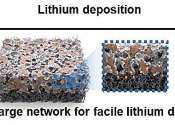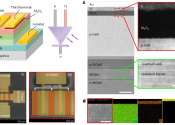Samsung workers in South Korea stage first strike: union
Workers at tech giant Samsung Electronics in South Korea staged the first strike at the company on Friday, the head of a major union representing tens of thousands of people said.
Jun 7, 2024
0
3









